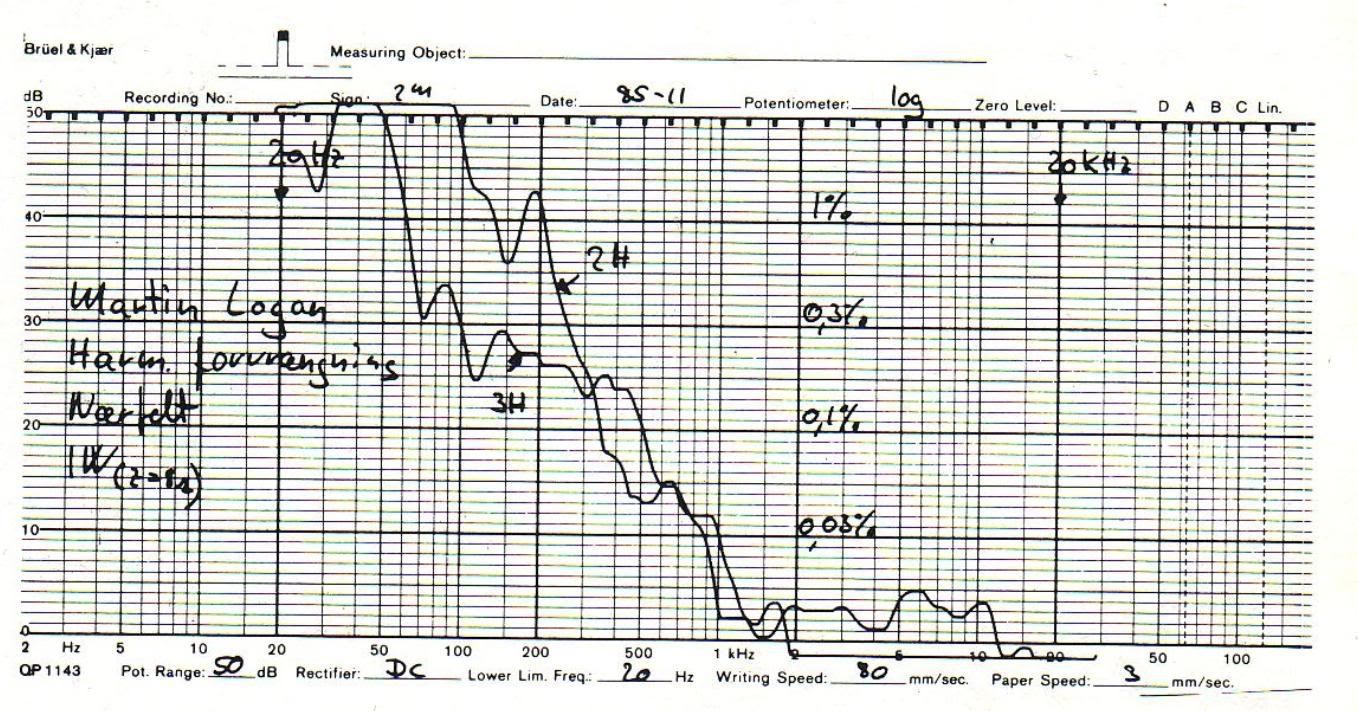I have a question for any of you CLS owners that have the ability to run your panels with the switch in "Full Range" or in "Softening" positioning.
I had always run mine in the Full Range until recently after purchasing a higher quality Vandersteen M5-HPB crossovers for my subs. It crosses over the CLS panels to the 2W subs at 80hz. It made a huge difference from the X-2 dual cap crossovers the subs came with and then having none when I recently changed to XLR cabling.
There was a muddy overlap at the crossover frequency of the 2W's and the CLS panels that was quite pronounced and annoying.
The new crossovers completely removed the problem while strenthening the low end and the clarity of the panels was so much better that the mid frequency of female vocals (like Diana Krall ) and above, were much stronger and forward more than seemed right.
Setting the switch to "soften" brought them back into the proportion with the other parts of the music. Not to say I won't switch back but for now it seems a change for the better.
I realize the room acoustics would also help dictate which position someone would run their panels.
Which position do any of you have the switch set?
I had always run mine in the Full Range until recently after purchasing a higher quality Vandersteen M5-HPB crossovers for my subs. It crosses over the CLS panels to the 2W subs at 80hz. It made a huge difference from the X-2 dual cap crossovers the subs came with and then having none when I recently changed to XLR cabling.
There was a muddy overlap at the crossover frequency of the 2W's and the CLS panels that was quite pronounced and annoying.
The new crossovers completely removed the problem while strenthening the low end and the clarity of the panels was so much better that the mid frequency of female vocals (like Diana Krall ) and above, were much stronger and forward more than seemed right.
Setting the switch to "soften" brought them back into the proportion with the other parts of the music. Not to say I won't switch back but for now it seems a change for the better.
I realize the room acoustics would also help dictate which position someone would run their panels.
Which position do any of you have the switch set?




